Marcio Kogan’s first resort celebrates tropical modernism in the Maldives
Marcio Kogan’s Patina Maldives, Fari Islands is the perfect luxury retreat that combines tropical modernist influences, a modest approach and sustainability; and it's the Brazilian architect’s first ever hotel
Fernando Guerra - Photography

Bringing his unique take on tropical modernism to the idyllic natural setting of the Fari Islands in the Maldives, Marcio Kogan and his studio, MK27, have revealed their latest design – the sustainable contemporary retreat Patina Maldives, Fari Islands, the Brazilian architecture studio's first ever resort design. A landscape of cabins standing in the water raised on stilts, modest rectangular structures on land, lush green gardens, and plenty of open space to breathe, relax and commune with nature, this complex was conceived to push the boundaries of hospitality architecture and promote modest luxury.
At first glance, Patina seems to combine everything the typical nature-inspired island escape would offer – green surroundings, crystal clear blue seas, contemporary architecture and a rich list of amenities for guests. Yet this is a hotel with more to it, as owners Capella Hotel Group and the Brazilian architect joined forces to create an extraordinary escapethat has a positive impact on its people and place.
The project’s identity, architecturally led by Kogan and Renata Furlanetto, with interiors by studio MK27’s Diana Radomysler and Pedro Ribeiro, was born out of several, informal yet deep discussions between the architects and the client's head of design and hospitality, Evan Kwee. ‘In every meeting we would talk more about food, music, art, feelings rather than just architecture. The brief was always open and inspiring,’ Kogan recalls. ‘A privilege!'
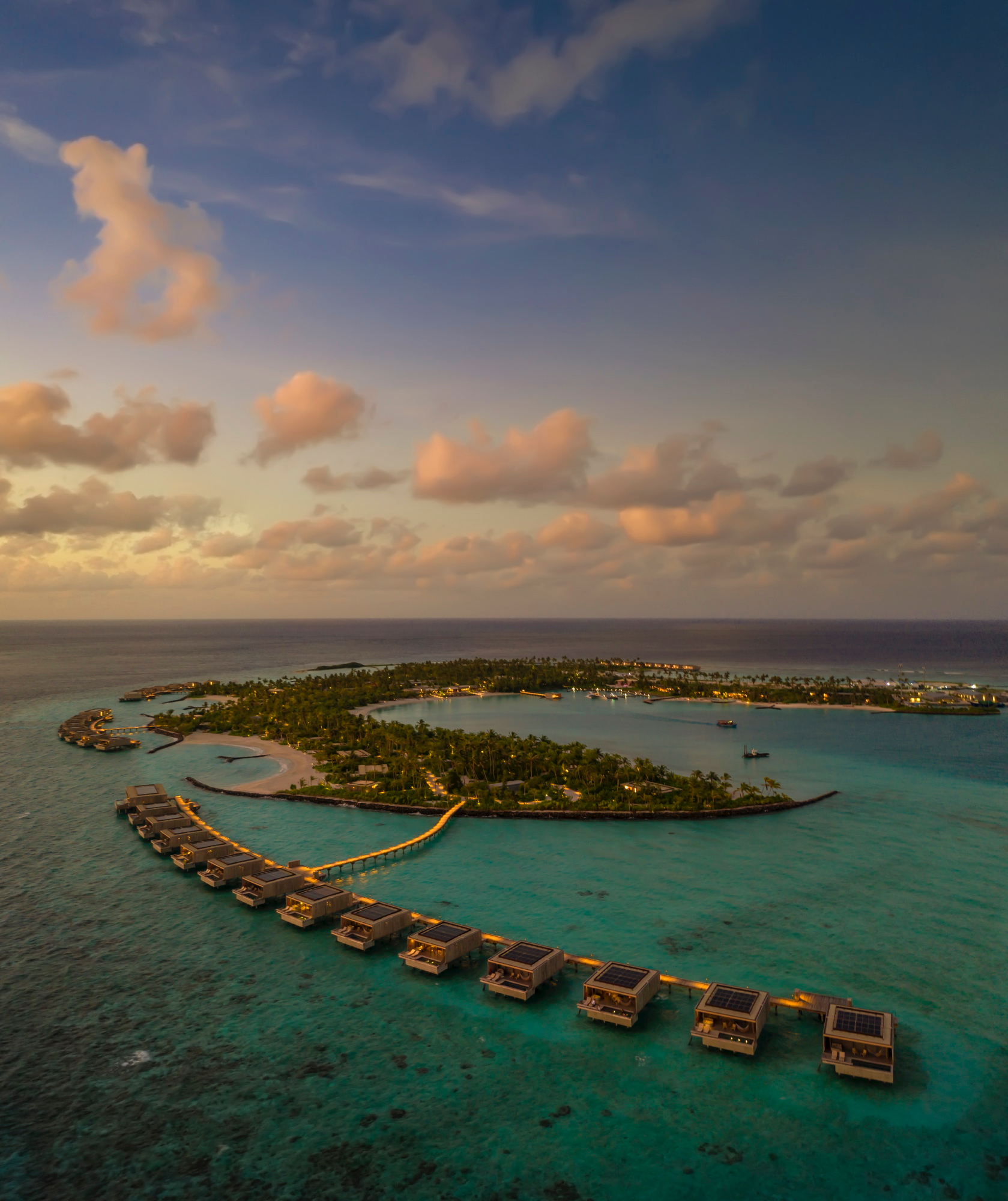
The hotel brand also felt Kogan was the perfect fit. ‘I have always respected his aesthetic,’ says Kwee. ‘He is able to marry the super precise contemporary and clean architecture but he manages to soften it with textured and tactile materials in the interior. Also, he’s never done a hotel before. We weren't creating a hotel block, we wanted to create a set of smaller structures, and we appreciated the mindset of somebody who designs amazing homes.’
While the brief encouraged the restectful blend of nature and architecture, the Maldives’ striking environment effortlessly provided heaps of inspiration for the design team. Add to this Kogan’s passion and experience with filmmaking, and what you get is a truly cinematic experience with framed views, dreamy landscapes and carefully selected materials and atmospheres to suit each function in the hotel. The structures are comfortably spread across a generous campus and all have their own, distinct identity, at the same time clearly belonging to the same family, and remaining low-key, allowing the nature to take centre stage. Expert designs by VDLA - Vladimir Djurovic Landscape Architecture helped weave everything in seamlessly.
‘Along the Maldivan sand, skies and ocean, all architecture can do is humbly filter the light, frame the views, create different narratives as one strolls around the magnificent surroundings,’ Kogan explains. ‘We were able to produce architecture that is much less important than nature. Contemporary, classic and elegant. It is like the hotel does not exist in this place. Everything disappears. Life, people and nature are more important than architecture.’
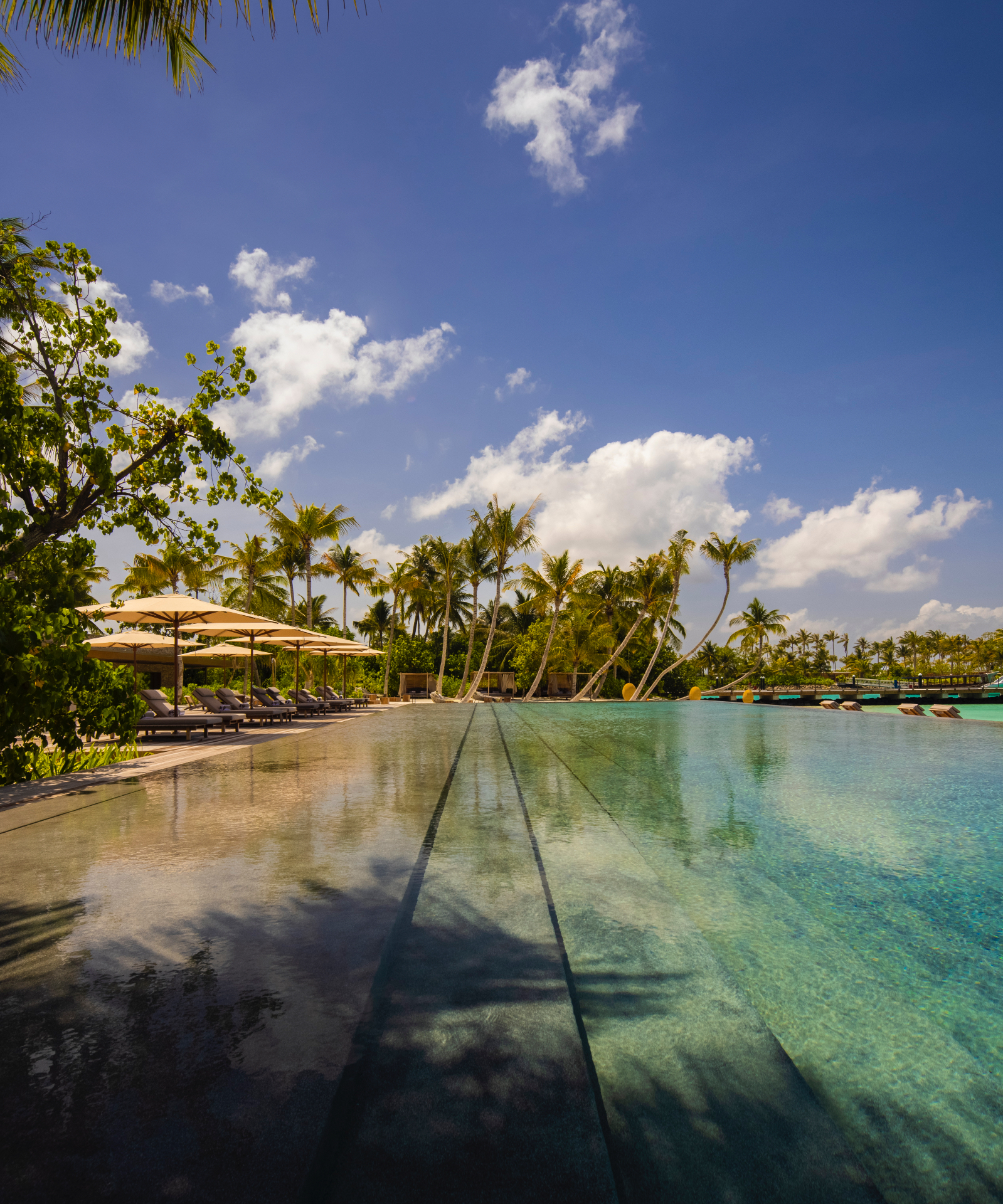
The local island vernacular also informed the humble, yet highly refined architecture, which is mostly built in wood and other natural materials, put together by expert craftsmen of the region. ‘The vernacular design in the Maldives is basically fisherman villages spread among the islands, that sometimes one can’t even notice from the sea,’ says Furlanetto. ‘Coral stone for walls, and wood for roof structures were some of the natural materials available to create an architecture that is fully integrated with nature. That was our biggest inspiration, to respect nature and allow the guests to enjoy such a special place.'
Sustainable strategies enrich the architectural concept, developed hand in hand with the masterplan and individual architectures. Reducing waste in the construction process, prefabrication using cross-laminated timber elements, and organic fabrics were part of the plan. The architects stress that their aim was to make the most of what was already there, reinforcing a lifestyle that seamlessly merges indoors and outdoors and feels truly of its place. ‘We simply recreated a relationship between humans and nature that has existed for thousands of years,’ says Radomysler.

Solar panels for energy needs; beach clean-ups; a dedicated venue for children, where kids can turn recycled ocean plastic into models using 3D-printing and laser-cutting technology; a range of charitable programmes to support local communities that have been heavily impacted by climate change; and a culinary offering that promotes plant-based dining and a head-to-tail, zero-waste approach are just a few of the relevant initiatives on site. There is even an on-island organic permaculture garden. Add to that the picture-perfect views, clear waters and tropical setting, and this is a retreat that ensures a stay that has a positive impact to both guests and locals.
There are places to find peace, and others to party; over 100 sparsely built private rooms and villas, juxtaposed by bustling areas for socialising. As for Kogan’s favourite spot? ‘The view of the framed sky at the very centre of the James Turrell pavilion. The delicate presence of a tiny flower stand, as you enter the village. A low chair under a tree shadow, overlooking the most beautiful bright shade of blue water in the world, listening to Chet Baker. Can it get any better?’ he smiles
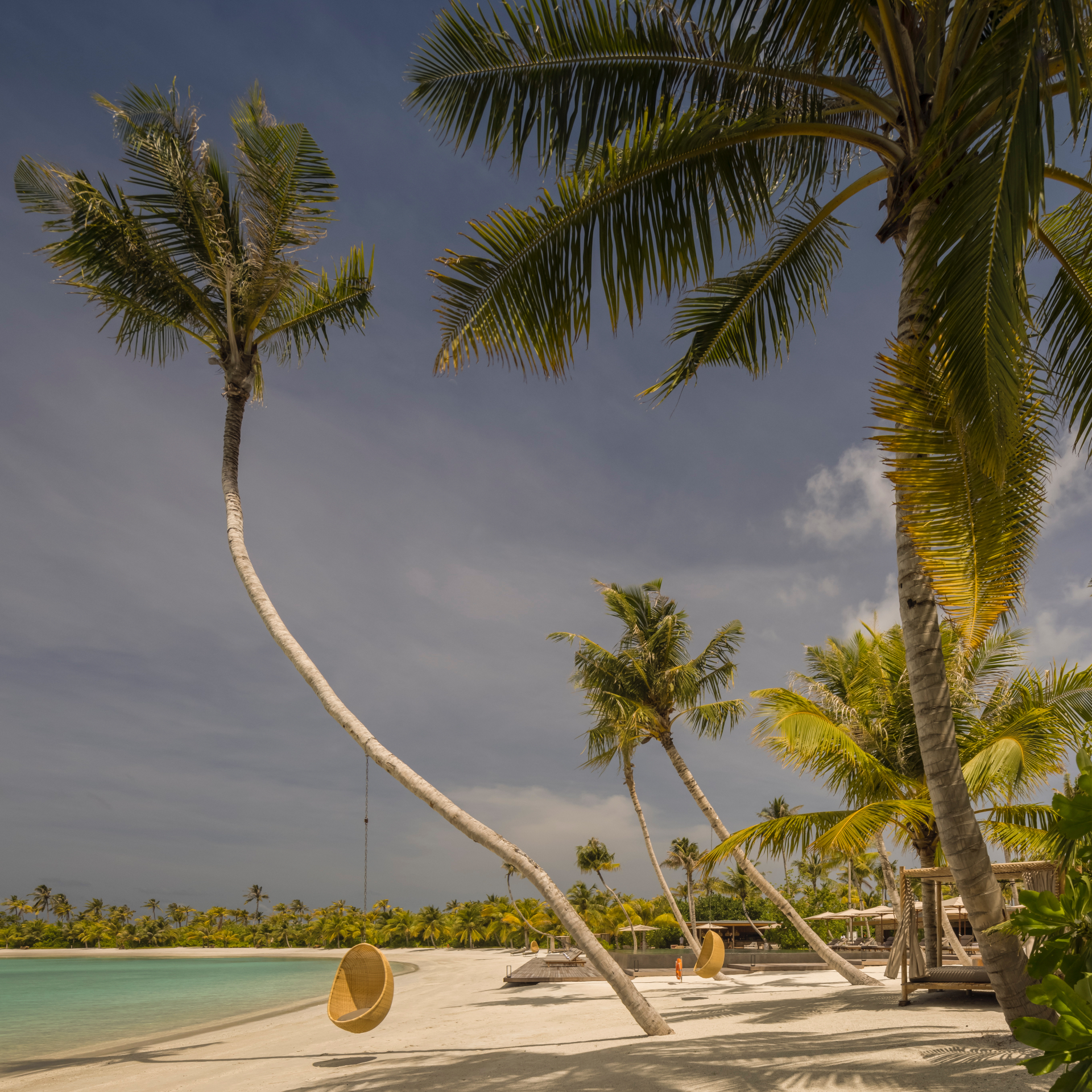
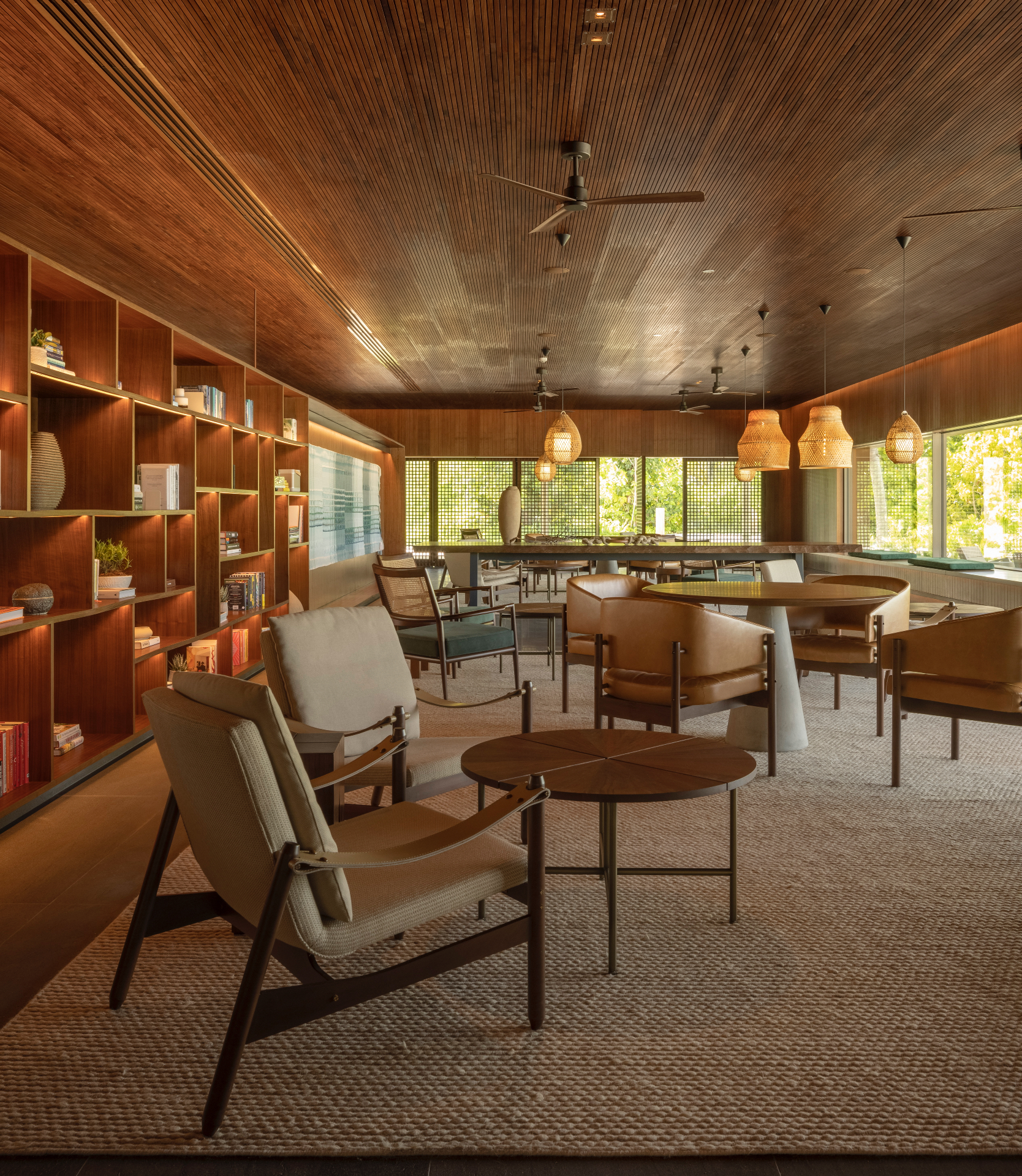
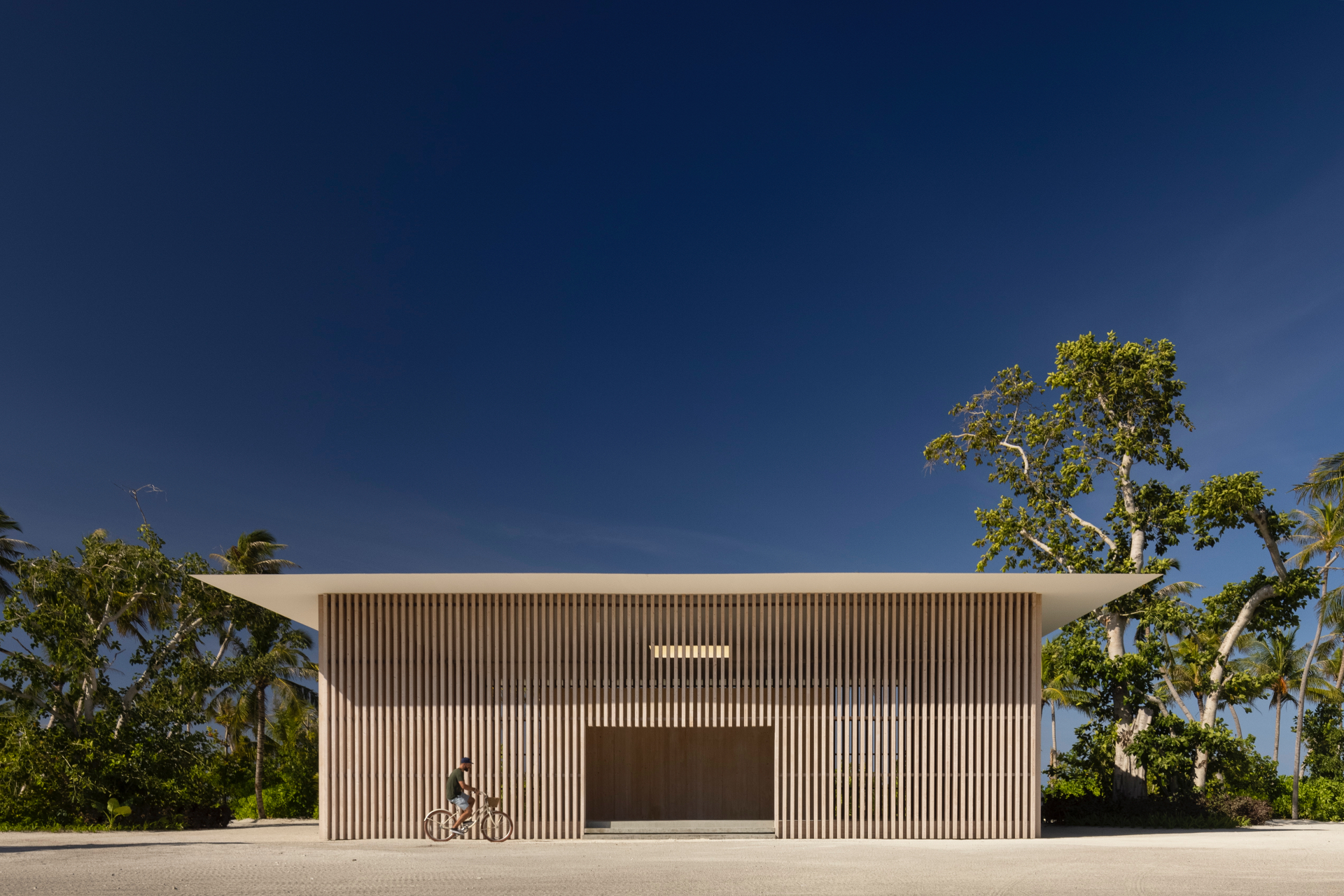
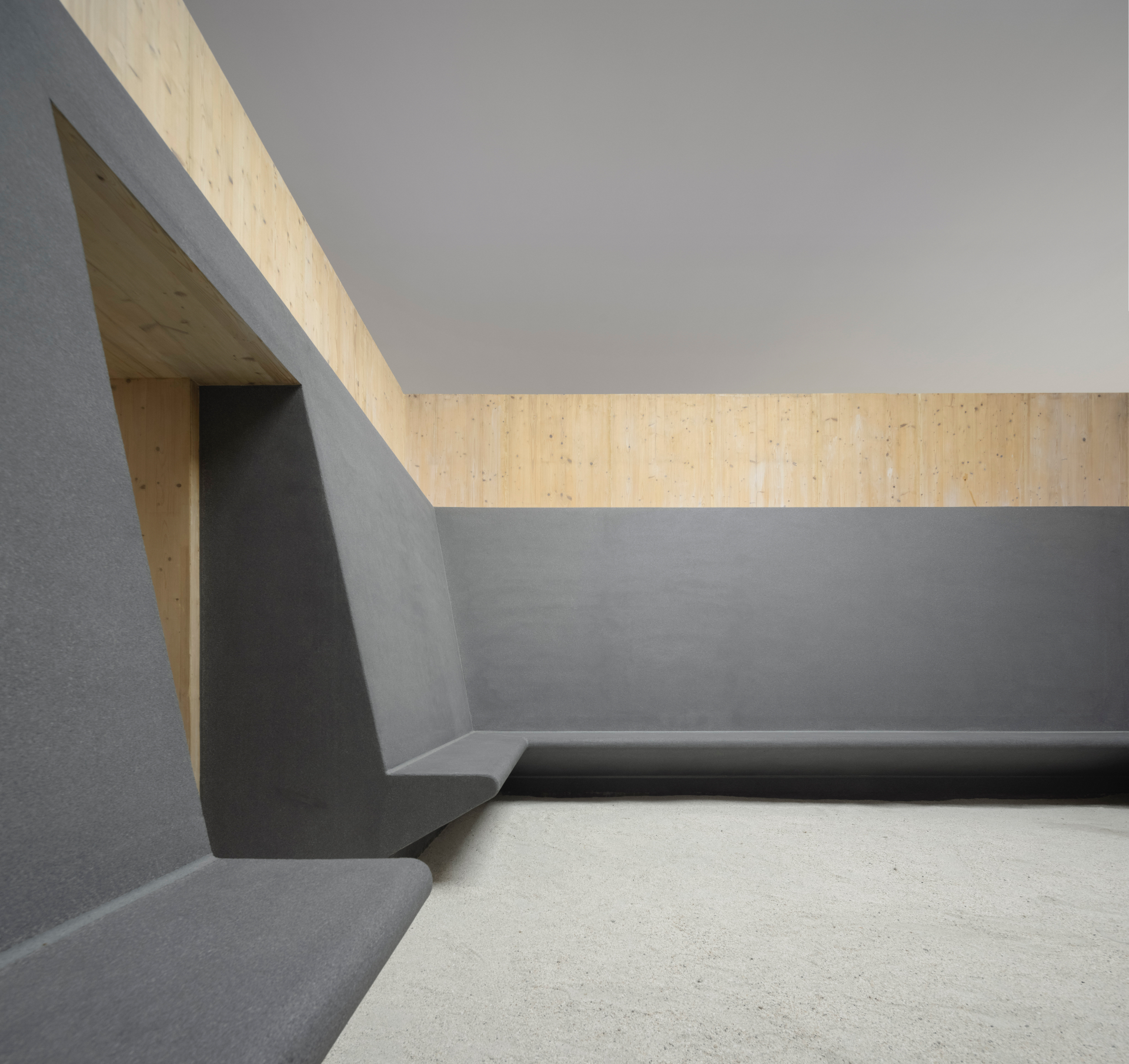

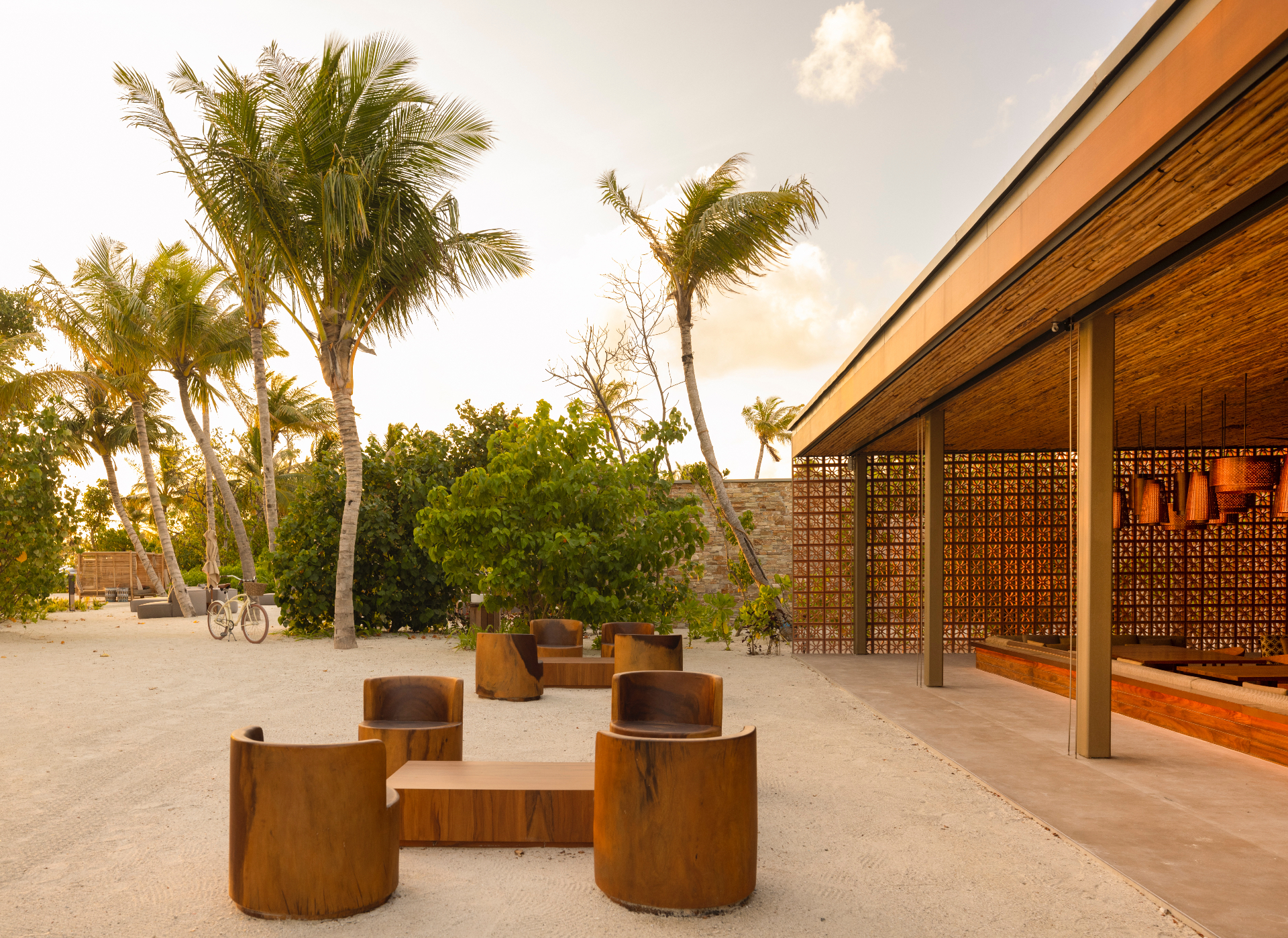
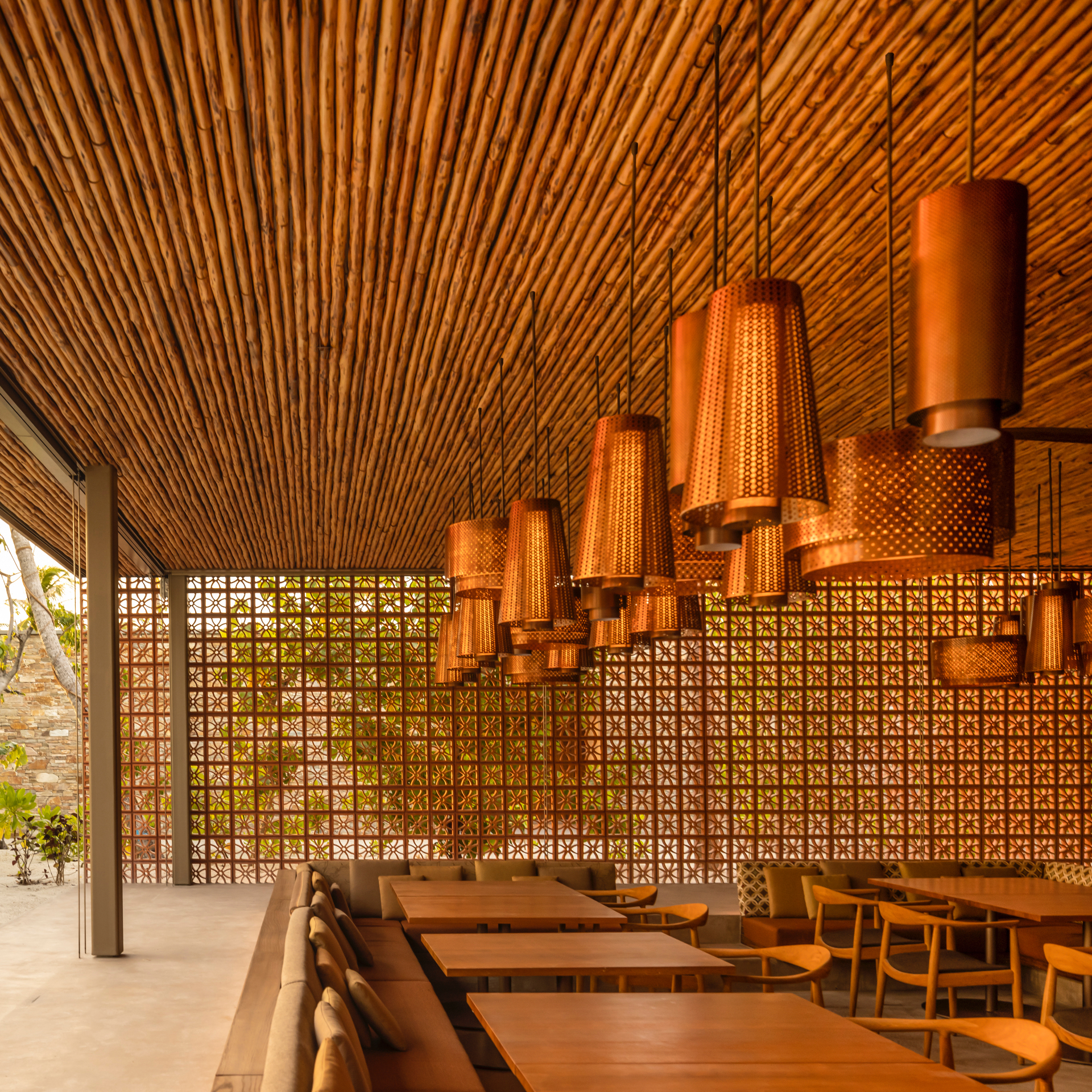
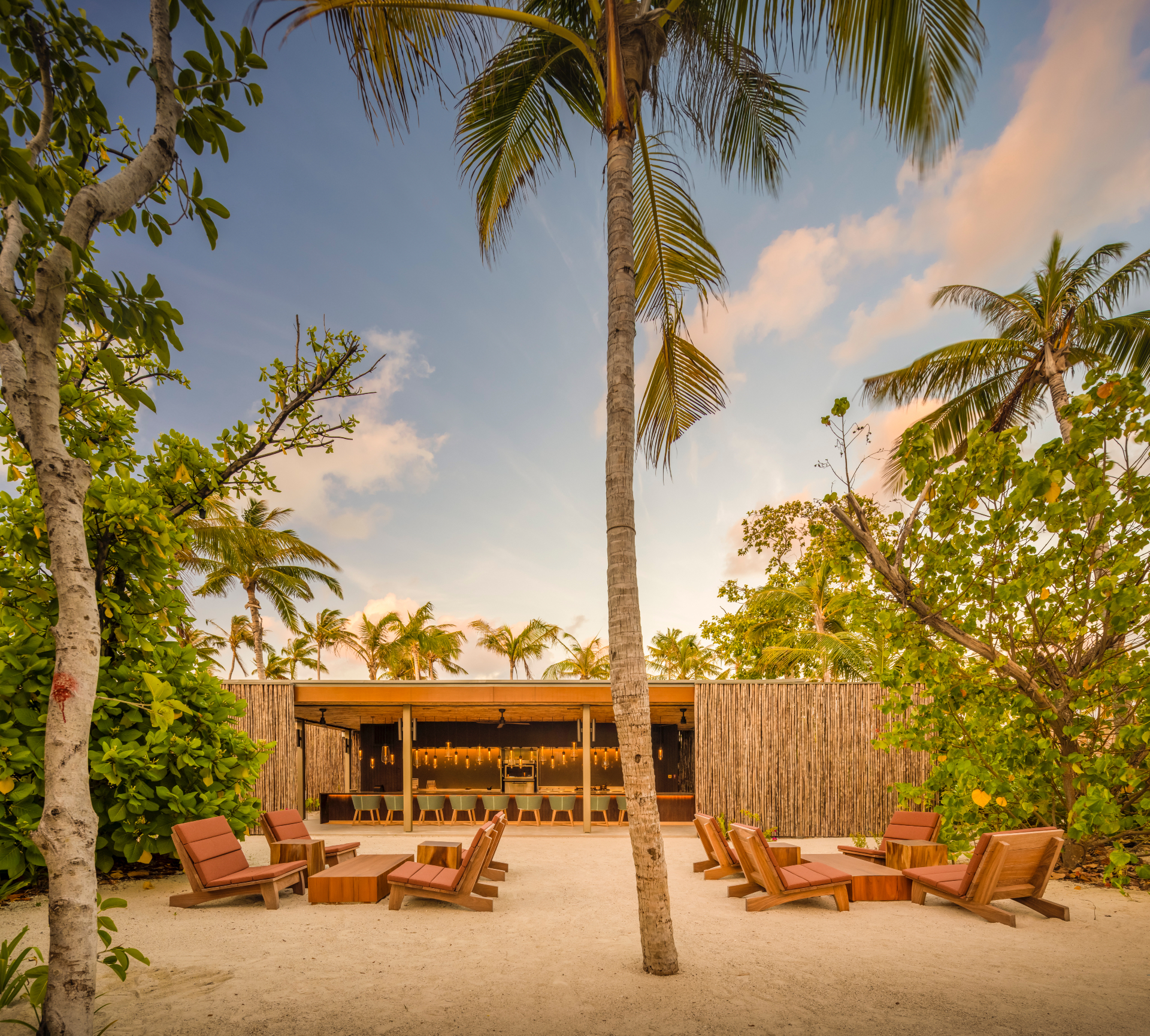
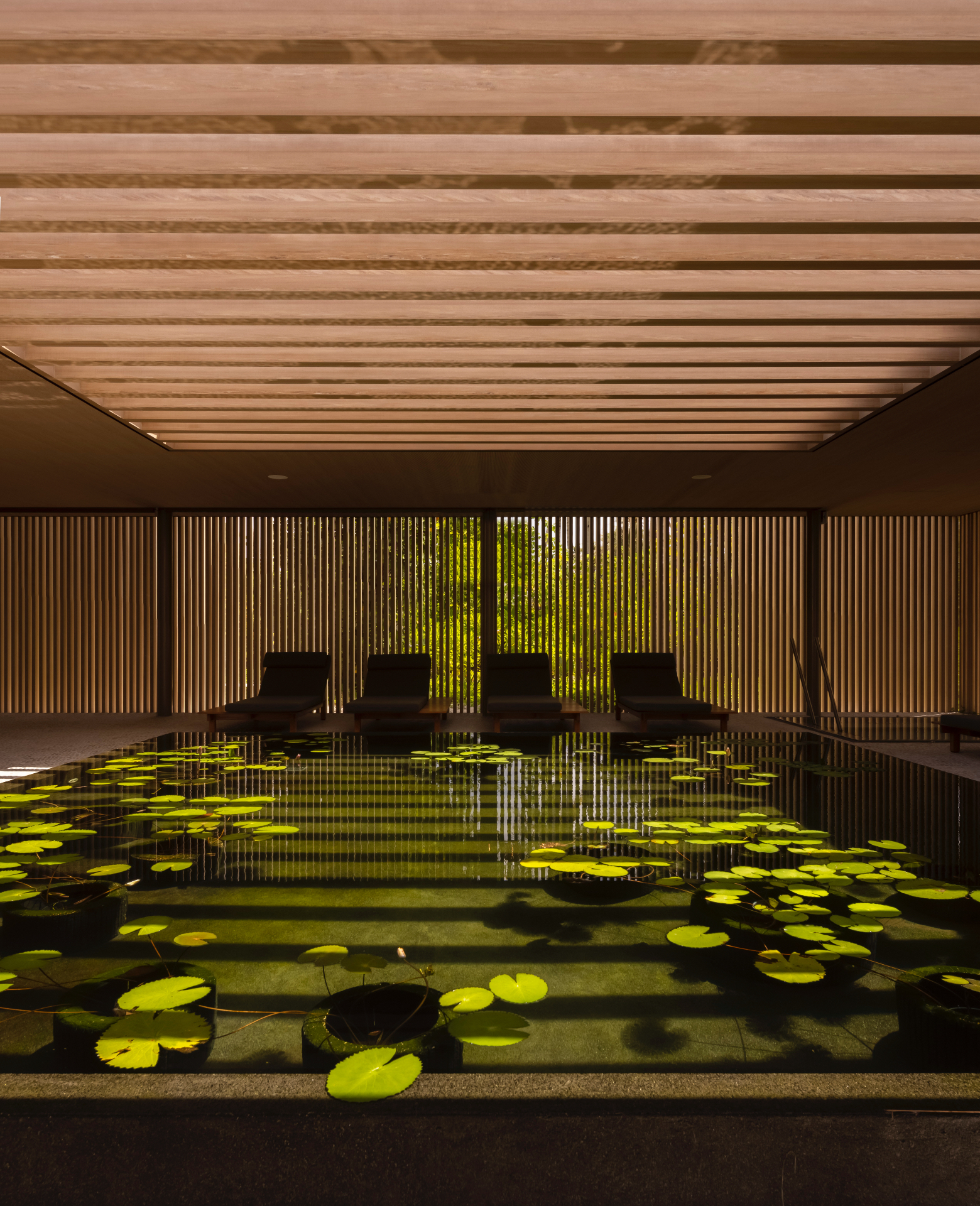





INFORMATION
Receive our daily digest of inspiration, escapism and design stories from around the world direct to your inbox.
Ellie Stathaki is the Architecture & Environment Director at Wallpaper*. She trained as an architect at the Aristotle University of Thessaloniki in Greece and studied architectural history at the Bartlett in London. Now an established journalist, she has been a member of the Wallpaper* team since 2006, visiting buildings across the globe and interviewing leading architects such as Tadao Ando and Rem Koolhaas. Ellie has also taken part in judging panels, moderated events, curated shows and contributed in books, such as The Contemporary House (Thames & Hudson, 2018), Glenn Sestig Architecture Diary (2020) and House London (2022).
-
 Terrified to get inked? This inviting Brooklyn tattoo parlour is for people who are 'a little bit nervous'
Terrified to get inked? This inviting Brooklyn tattoo parlour is for people who are 'a little bit nervous'With minty-green walls and an option to 'call mom', Tiny Zaps' Williamsburg location was designed to tame jitters
-
 Let’s hear it for the Chopard L.U.C Grand Strike chiming watch
Let’s hear it for the Chopard L.U.C Grand Strike chiming watchThe Swiss watchmaker’s most complicated timepiece to date features an innovative approach to producing a crystal-clear sound
-
 Form... and flavour? The best design-led restaurant debuts of 2025
Form... and flavour? The best design-led restaurant debuts of 2025A Wallpaper* edit of the restaurant interiors that shaped how we ate, gathered and lingered this year
-
 A spectacular new Brazilian house in Triângulo Mineiro revels in the luxury of space
A spectacular new Brazilian house in Triângulo Mineiro revels in the luxury of spaceCasa Muxarabi takes its name from the lattice walls that create ever-changing patterns of light across its generously scaled interiors
-
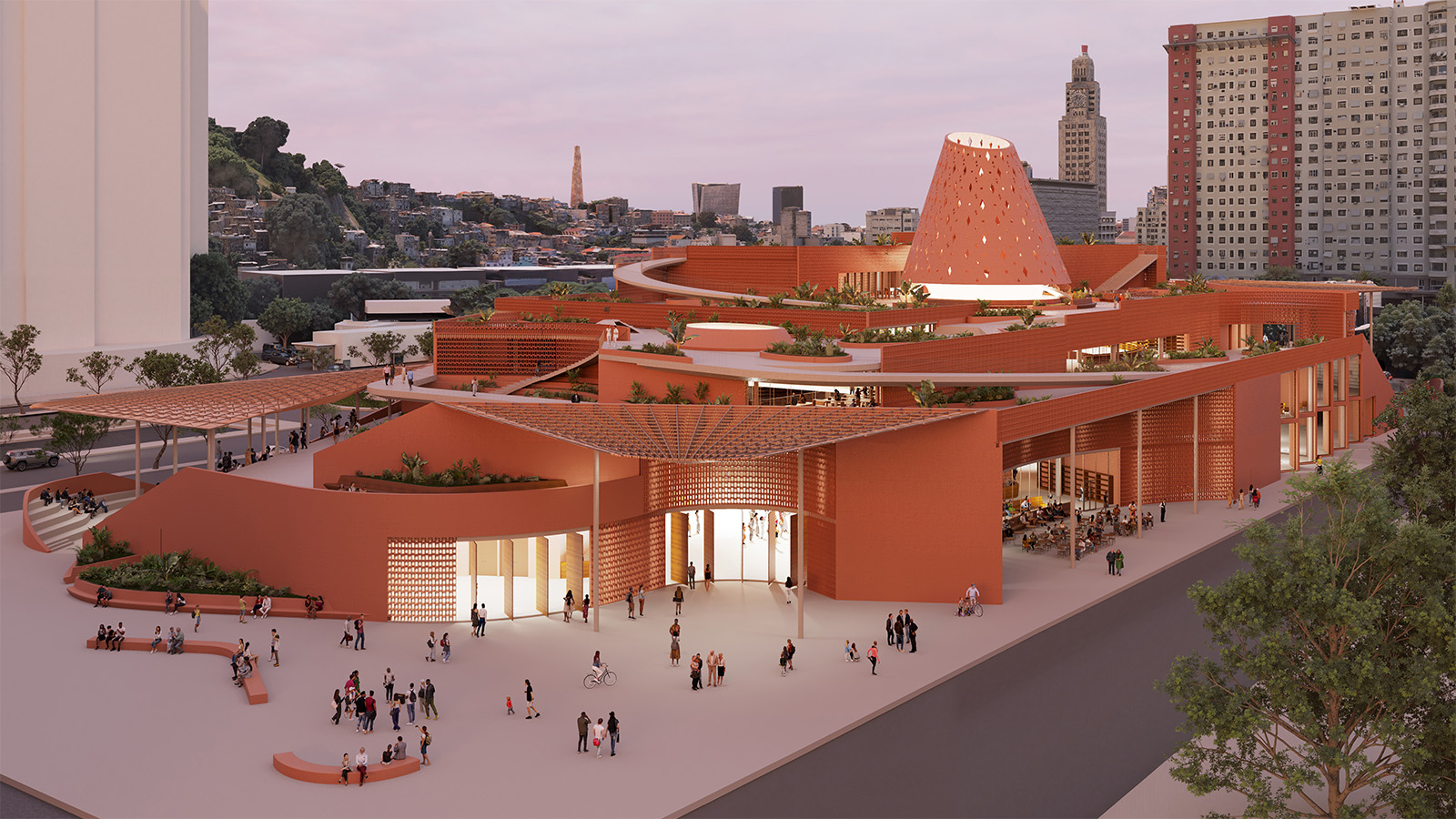 An exclusive look at Francis Kéré’s new library in Rio de Janeiro, the architect’s first project in South America
An exclusive look at Francis Kéré’s new library in Rio de Janeiro, the architect’s first project in South AmericaBiblioteca dos Saberes (The House of Wisdom) by Kéré Architecture is inspired by the 'tree of knowledge', and acts as a meeting point for different communities
-
 A Brasília apartment harnesses the power of optical illusion
A Brasília apartment harnesses the power of optical illusionCoDa Arquitetura’s Moiré apartment in the Brazilian capital uses smart materials to create visual contrast and an artful welcome
-
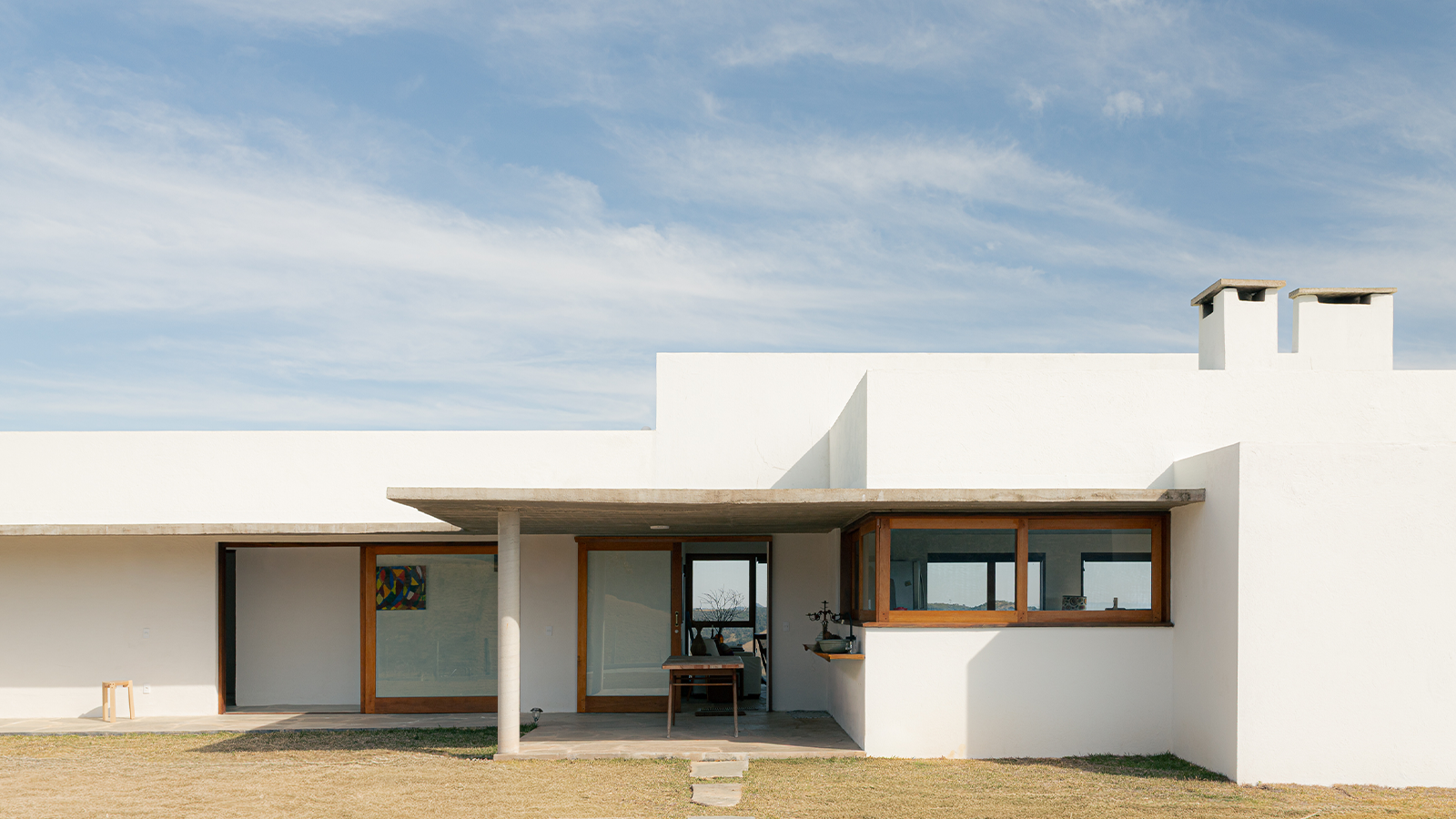 Inspired by farmhouses, a Cunha residence unites cosy charm with contemporary Brazilian living
Inspired by farmhouses, a Cunha residence unites cosy charm with contemporary Brazilian livingWhen designing this home in Cunha, upstate São Paulo, architect Roberto Brotero wanted the structure to become 'part of the mountains, without disappearing into them'
-
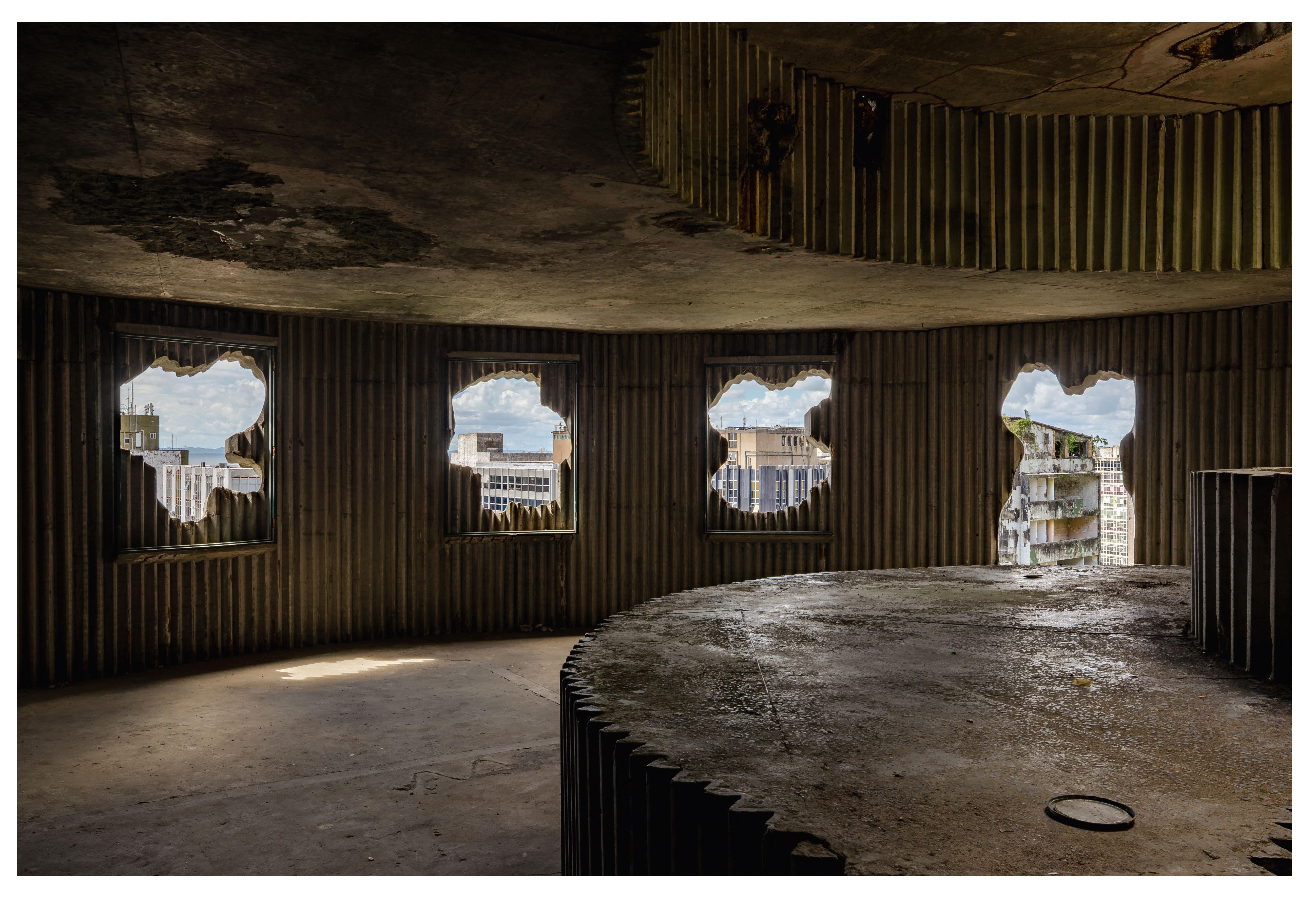 Arts institution Pivô breathes new life into neglected Lina Bo Bardi building in Bahia
Arts institution Pivô breathes new life into neglected Lina Bo Bardi building in BahiaNon-profit cultural institution Pivô is reactivating a Lina Bo Bardi landmark in Salvador da Bahia in a bid to foster artistic dialogue and community engagement
-
 Tropical gardens envelop this contemporary Brazilian home in São Paulo state
Tropical gardens envelop this contemporary Brazilian home in São Paulo stateIn the suburbs of Itupeva, Serena House by architects Padovani acts as a countryside refuge from the rush of city living
-
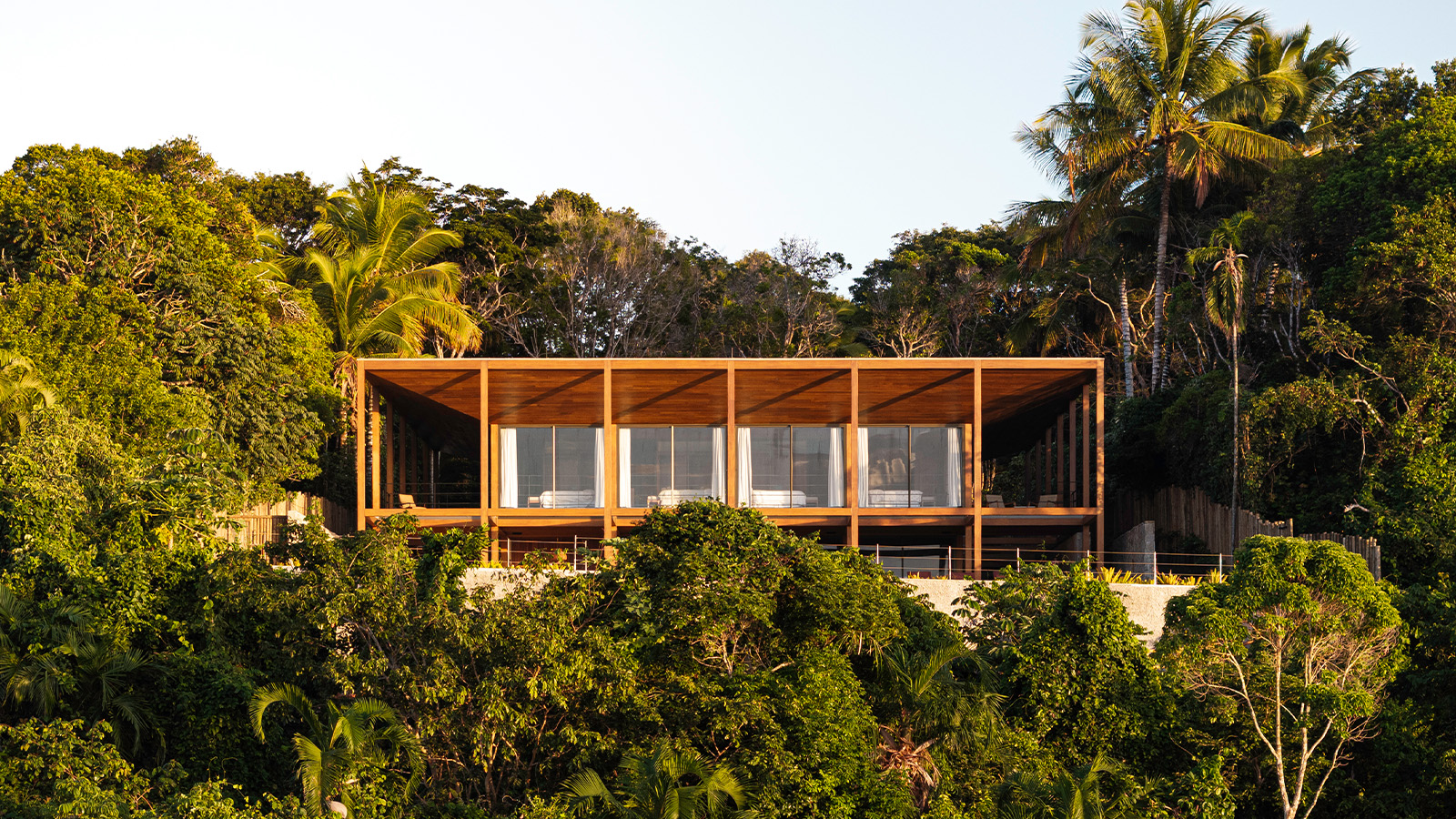 Itapororoca House blends seamlessly with Brazil’s lush coastal landscape
Itapororoca House blends seamlessly with Brazil’s lush coastal landscapeDesigned by Bloco Arquitetos, Itapororoca House is a treetop residence in Bahia, Brazil, offering a large wrap-around veranda to invite nature in
-
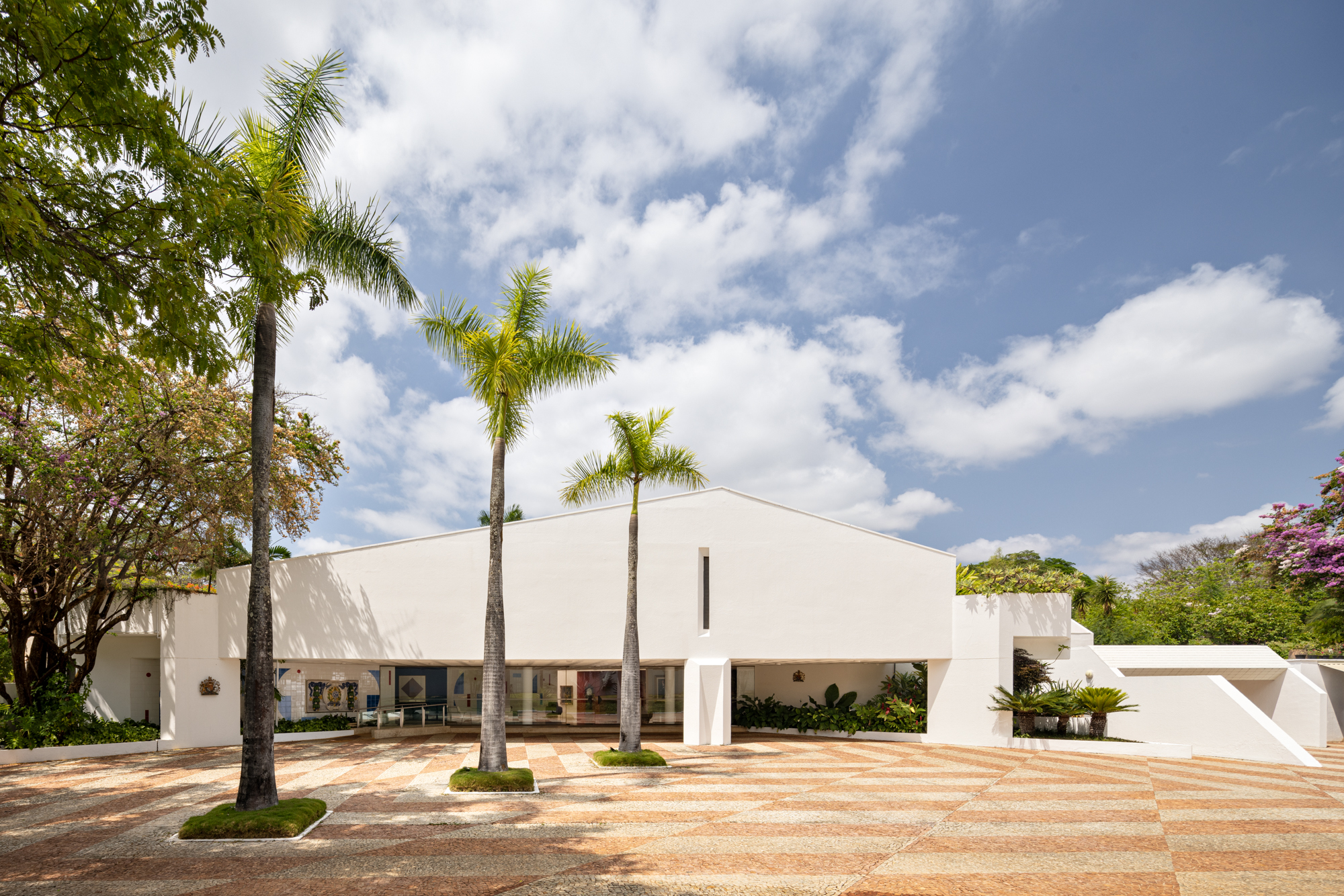 A postmodernist home reborn: we tour the British embassy in Brazil
A postmodernist home reborn: we tour the British embassy in BrazilWe tour the British Embassy in Brazil after its thorough renovation by Hersen Mendes Arquitetura, which breathes new life into a postmodernist structure within the country's famous modernist capital